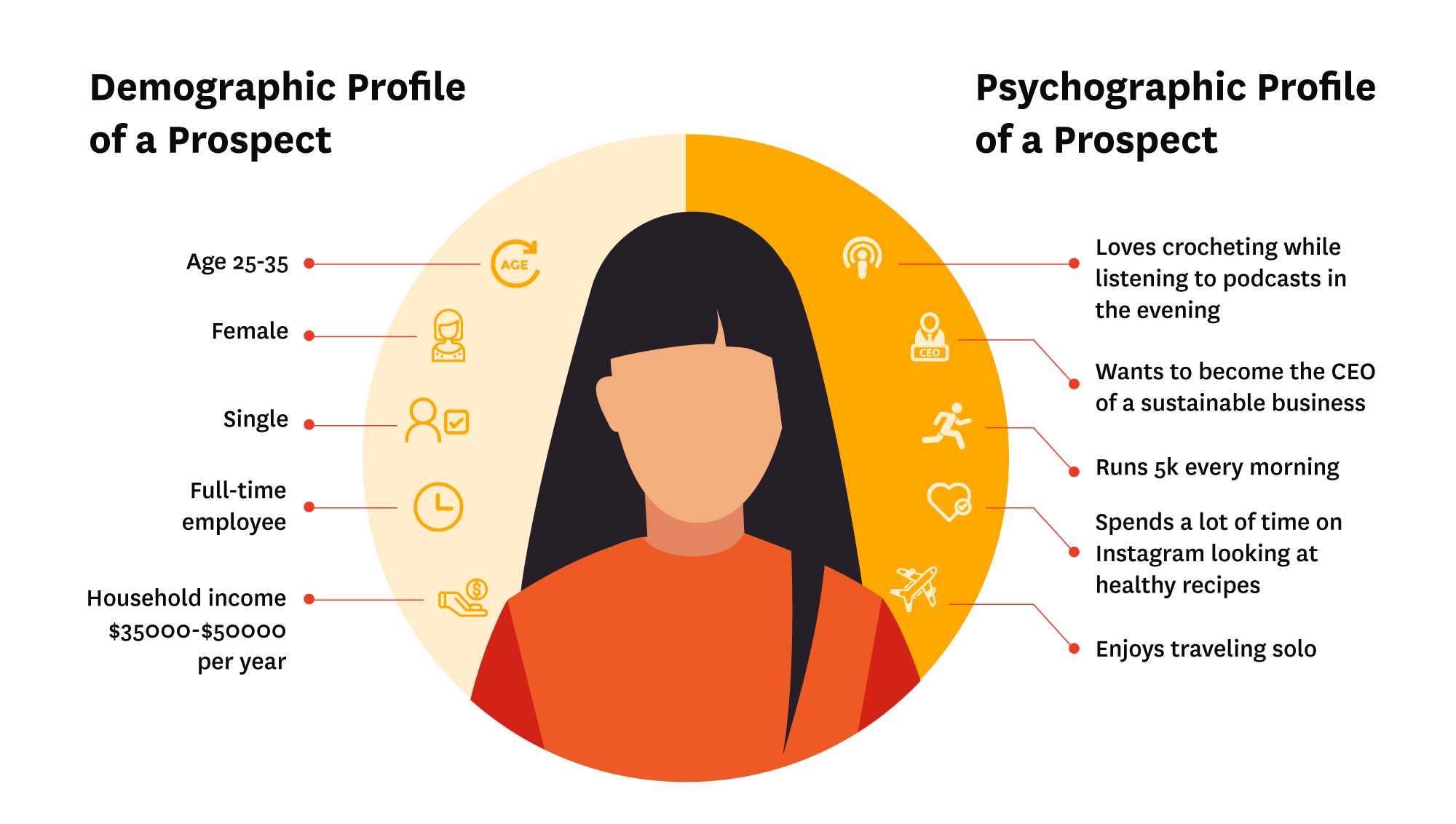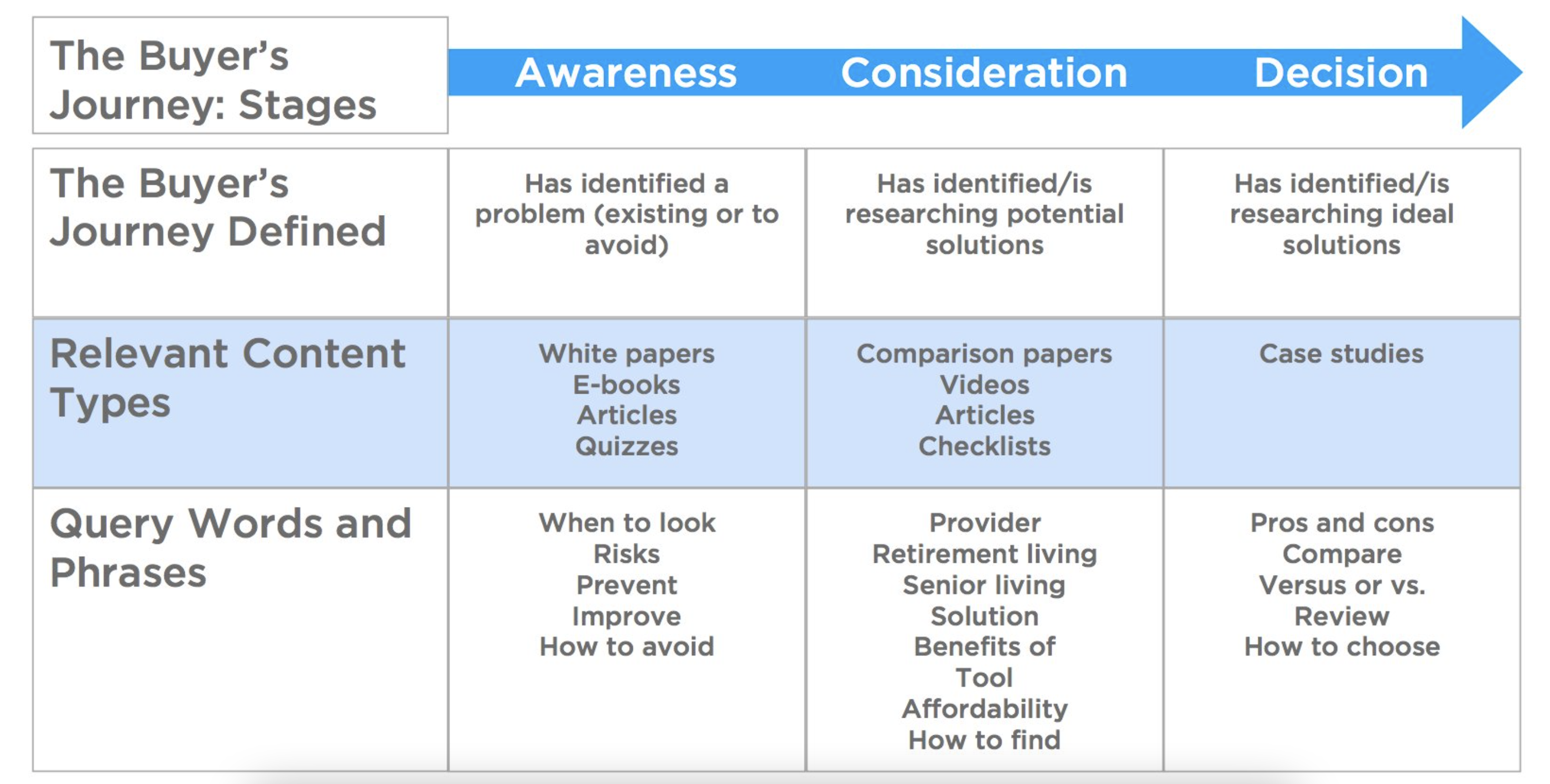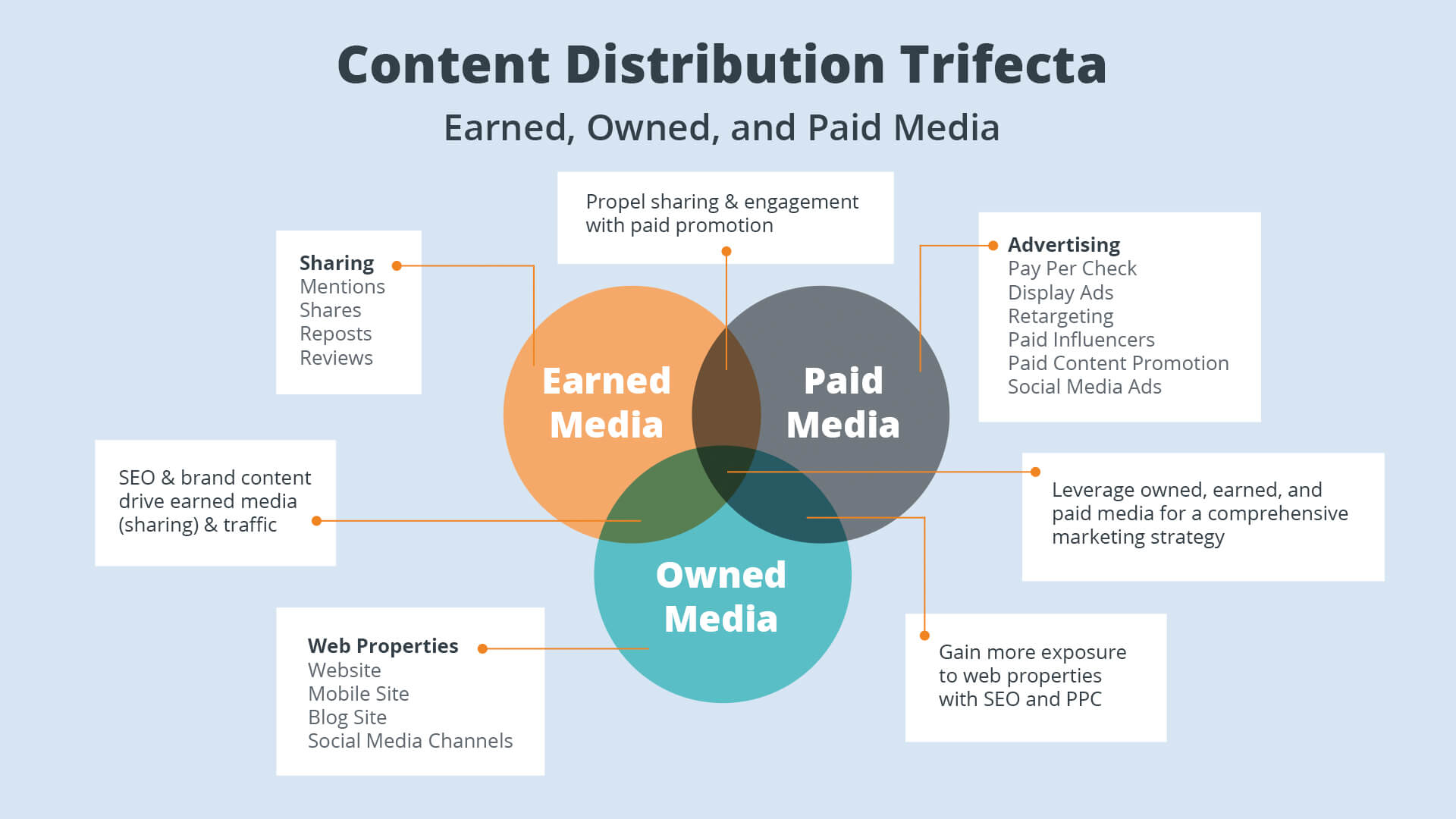How to Generate Inbound Leads That Convert: A Step-by-step Manual
High-quality inbound leads might be one of the best things for any business. Learn how to attract inbound leads that are just doomed to convert.
Written by Lucy Literado

Everyone would love to have more inbound leads. People tend to think of them as almost magical — leads that find you, visit your site, then become loyal customers for life, all without any cost or effort on your part. Send the sales team home, they’re not needed anymore.
Of course, it isn’t that simple. Maybe when blogs were a rarity and people would read absolutely anything they could get their hands on, things were easier. Now, you have to fight for every single visitor. Once they do visit your site, it’s an even bigger battle to keep their attention from all the distractions you’re competing with.
Today, if you want to do lead generation for small business or establish lead flow for a large business, you’re going to need a better strategy than ‘start a blog.’
Whether you’re looking for your first customer or looking to optimize your current funnel, our step-by-step manual will tell you how to get inbound leads that convert.
Step 1 – Research your ideal customer
Before you even think of creating any content, you need to know who you’re creating it for. I know from personal experience it’s tempting to skip this, but the step is rather vital — otherwise, you’re just going to waste your time. You certainly can’t blindly copy whatever seems to be popular and hope it’ll work out for you. You need to have your buyer persona nailed down if you want more inbound leads that are going to stick around.
There are two main types of information you’ll need:
- Demographic data is usually the first thing that comes to mind when you think about research, and for good reason. However, it’s easy to overthink this step and get caught up on every last detail. Sure, it’s great to know what industry your typical customer works in, or the average size of the company. Typical age? Okay, that might affect how many cultural references and gifs you use, but it’s decidedly less useful.
- The other type of data you’ll want is the psychographic data, which is much more valuable. What beliefs and attitudes do your ideal customers have in common? What matters most to them? What problems are they facing that you can solve? What keeps them awake at night? How are they currently solving those problems? Where do they go to find solutions?

Only when you know what’s important to your ideal customer do you know how to get inbound leads through the content that appeals to them.
How do you find out these details? The best way is to talk to your existing customers. Send out a survey, or even better interview them face to face. If you don’t have any existing customers, find lookalikes — maybe people who use a competitor or a complementary product. Whatever you do, don’t just make it up.
Far too many people do this exercise alone in a silo, imagining what their buyers want (all through the company’s filtered perception) or even worse, coming up with pointless details (“Okay, I think Enterprise Eddie likes pepperoni pizza and imported beer”).
Step 2 – Create content for your ideal leads
Now you know the problems your ideal customers have, you can start creating content that solves those problems. Before you go out and write a hundred blog posts on “How to solve X” though, take a step back and plan out your content.
Remember that your inbound leads will be going through a funnel, following the Buyer’s Journey: Awareness > Consideration > Decision. To convert those inbound leads, you need to support them with relevant content for each step of the journey:
- So, for the awareness stage, you want to create easy-to-consume content that’s readily available and deals with the high-level issues your prospect is facing.
- For consideration, you can go a bit deeper, showing in more detail how your product can help with their specific problem.
- When they’re ready to make a decision, it’s time to give them all the information they could need. Spell out why, out of all the options they’ve already considered, yours is the best.

For each phase, also think about the format you’ll deliver the content in. Just because you love writing blog posts or have invested in a top-notch camera, it doesn’t mean that your content should be all blog posts or videos.
Consider what formats your prospect enjoys consuming content in (see step 1). Then, consider what format is best for the stage of the buyer’s journey. For example, at Reply, we write blog posts (like this one) which are ideal for the awareness stage, ebooks for the consideration stage, and white papers to help with the decision stage.
Step 3 – Move your inbound leads to action
Imagine training for a race, running 99% of the way, then stopping just before the finish line. Crazy, right? Unfortunately, that’s what a lot of people do with their inbound leads. They do the research, know how to generate more inbound leads in theory, create amazing content, then fail to use it to convert.
Why would anyone do that? My personal theory is that many people are attracted to inbound marketing because it’s less ‘salesy’ than traditional methods. Then, when they produce their content, they’re reluctant to prompt the prospect to do anything.
You should never make it difficult for your visitors to become customers. Whatever content you’re producing, make it crystal clear what they should do next. Of course, you have to be realistic; someone who’s just read their first blog post is unlikely to immediately sign up for your enterprise solution. They’ve still got to move through the buyer journey.
Instead, guide them to the next stage of the journey, whether that’s signing up for a demo or downloading an ebook. Don’t be coy. Spell it out: “Learn more about how Acme Solutions can solve Big Problem with our free guide [LINK].”
If you’re still worried about coming across as pushy or salesy, shift your mindset. Remember, these are inbound leads — they’ve come to you, looking for a solution to their most pressing problem. You have the solution they need. It’s your duty to help them take the next step. If you went for a consultation with a doctor and she didn’t tell you what you need to do next to get better, you wouldn’t thank her. You’d be annoyed.
Remember, as long as you’re offering genuine value, never be afraid of showing your inbound visitors how to get that value.
Step 4 – Distribute your content
Once you’ve written relevant content that converts, you need to make sure people know about it.
A big part of this is SEO. (Yeah, I know what you may be thinking right now: “This is just awesome! I’ve come here to learn how to get more inbound leads, and you’re telling me about SEO”.
Unfortunately, this could take up a whole book by itself and is outside the scope of this post, but you need to use the terms and keywords your ideal customers are using to search for solutions (back to step 1). There’s no other way around it. I suggest learning at least the basics (my favorite resource for getting started is the Ahrefs guide).
Beyond that, you should distribute your content in the places your prospects will see it. For example, that might mean promoting your content on social media or writing guest posts on authority sites.

Again, we want to make it as easy as possible for the right people to find your content. Your content shouldn’t be buried treasure — you should be shouting about it from the rooftops. Still, while it would be great to shout it from every rooftop, that may not be practical. Focus on the places your customers hang out (for us, that’s more LinkedIn and less TikTok — at least for now).
Step 5 – Nurture your inbound leads
We’ve already talked about the buyer journey your inbound leads will go through, and how your content must reflect each stage of the journey. However, what some people forget is that this journey takes time. Most people are unlikely to go from visitor to customer in one visit (unless the product is particularly low cost). For the majority of your leads, you’ll need to nurture them through that funnel, giving them enough value that they keep coming back for more. So, let’s talk about how to grow inbound marketing.
You can’t rely on your leads just coming back by themselves. Remember, there’s a lot of competition for attention today and, even with the best will in the world, enthusiastic visitors will likely forget all about you and your awesome content.
The easiest way to nurture your leads is by creating a lead magnet, where you exchange something of value (most likely a piece of content like an ebook, for the consideration/decision phase) for something else of value (their contact information). You can then create a nurture sequence (something that can easily be automated in Reply, FYI), reaching out to them with even more value and encouraging them into the next stage of the buyer’s journey.
This doesn’t have to (and likely shouldn’t) be purely through email. Depending on the prospect and how they originally found your content, it may be appropriate to reach out over social media or via some other method.
The key here is to remember you’re not the stereotypical salesperson, piling on the pressure to make the big sale. In today’s world, it’s virtually impossible to force someone to buy from you, even if you wanted to go down that road. Instead, engage with them with the help of targeted messages, offer content that’s specifically valuable to them, and give them all the information they need to make a decision.
Conclusion
It seems like everyone’s talking about how to generate inbound leads these days but only a few do it effectively. Inbound leads aren’t a magic bullet, and they won’t convert by themselves. The process may not be easy, but it is straightforward.
By researching your ideal customers, creating content that meets their needs, including a CTA, then distributing that content and nurturing those leads, you can create a consistent flow of customers for your business. If you have your own secret recipes about how to increase inbound leads, don’t hesitate to share them in the comments below.





